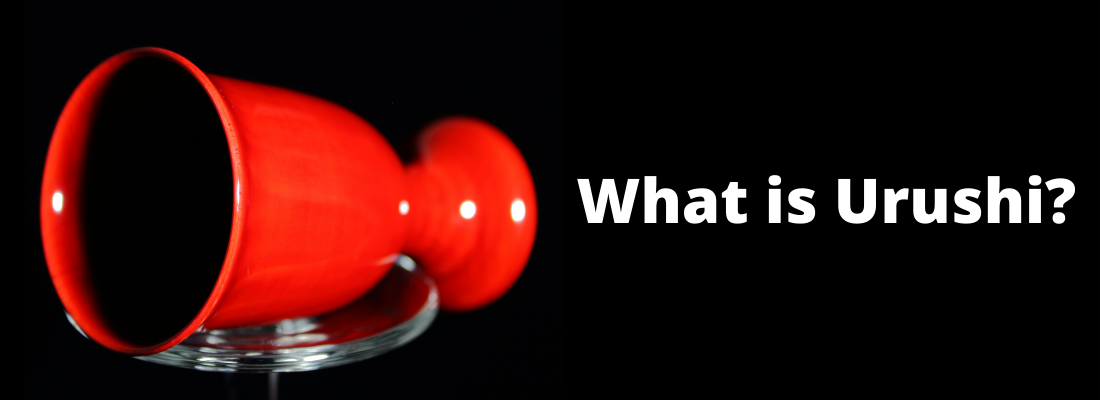Ever wonder why our company is called “UrushiPen”? What’s in the name?
What is urushi?
Urushi is a natural lacquer secreted by urushi trees when they are injured. The urushi sap is processed and used in traditional Japanese arts, which are also called urushi.
All of our pens at UrushiPen are made with 100% genuine urushi. No synthetics are ever used. It just made sense to name our company after an integral part of the pen process.
Where does urushi come from?
No one knows why only urushi trees, Toxicodendron vernicifluum, protect themselves with urushi sap. There are around 600 different urushi tree species, which grow throughout Southeast Asia and Japan, the Korean Peninsula, and China as far north as the Himalayas. Urushi trees can grow to be quite tall. In Burma, they can reach up to 70 feet and 30 inches in diameter. Vietnamese urushi trees are much smaller, at only 20 feet tall and 6 inches in diameter.
The sap collected from one location will be different from sap collected at another. Japanese urushi, for instance, will have different properties from Chinese urushi. The sap may be lighter or darker, or contain more or less urushiol.
Urushiol is the compound that hardens to form the hard urushi lacquer found on Japanese tea cups, pens, and other crafts. Raw urushi sap is around 65-80% urushiol.
Fun fact: urushiol is highly allergenic, meaning even light contact can result in a strong allergic reaction on the skin. While urushiol is present in high concentrations in urushi trees, it’s also found in poison oak, poison ivy, and poison sumac. But don’t go trying to collect “sap” from any of those–it won’t work, and you’re likely to get a terrible rash for your troubles.
Collection
Urushi has always been collected by hand. Urushi farmers are highly trained, and students must apprentice for several years before going out on their own.
They also must take great care to protect themselves from the urushiol. Even the vapors can be harmful. However, some farmers develop immunity over time, so accidental contact with the sap does not produce a painful rash.
The farmers can collect urushi from early June to early October. They start at about 8 inches from the ground and cut a gash into the trunk, reaching into the ‘tubular urushi pipeline zone’ just below the bark layer. Specialized tools are used, and the cuts must be precise. Too light, and little or no sap will be collected. Too deep, and the tree will die. You can read more about this in our previous post.
Every four to five days, another cut will be placed above the previous one. The tree will be cut again and again, with rest days in between to allow the tree to heal. At the end of the season, the tree will either be cut down and a new tree planted in its place, or the tree will be used to collect wax, another by-product. Sometimes the tree can be rested for three years before being harvested again, but often the tree is simply cut down. This might sound wasteful to Western ears, but the Japanese have been perfecting their methods for thousands of years.
An urushi tree needs to grow for about 10-15 years before it can be harvested. And only a small amount of urushi can be collected from each tree–about 200 grams, or enough to paint ten small rice bowls. It’s a huge investment for a small return, making urushi sap very precious.
Why use urushi?
Urushi has special qualities that can’t be replicated with synthetic varnishes. Hardened urushi lacquer is so tough, it will last decades, even centuries. If you go to a museum containing Japanese art, you will no doubt find urushi pieces that are hundreds of years old. (And after it’s hardened, it’s no longer dangerous to touch!)
Once modern pens came on the market, someone got the idea to try putting urushi on pen bodies. Pen company Namiki claims to have facilitated the first sale of an urushi pen, in 1925.
Since then, many pen enthusiasts have enjoyed having an urushi pen in their hands. These pens have a certain feel to them, a warmth and balance that can’t be replicated with synthetics. In addition, an urushi artisan can also achieve color effects that only urushi techniques can provide.
Using an urushi pen is a unique experience: a beautiful and functional piece of art, from which your words can flow.
You can view all of our pens here, and each is guaranteed to be painted with 100% genuine urushi. If you have any questions, don’t hesitate to reach out to us.
References:
Kirshner, Hannah. A Beautiful Harvest: How Students in Japan Turn Urushi Trees Into Lacquer. LitHub.
Lyn, Bernard. Maki-e, an Art for the Soul. Win Yuan Enterprise Co., Ltd., 2003.

